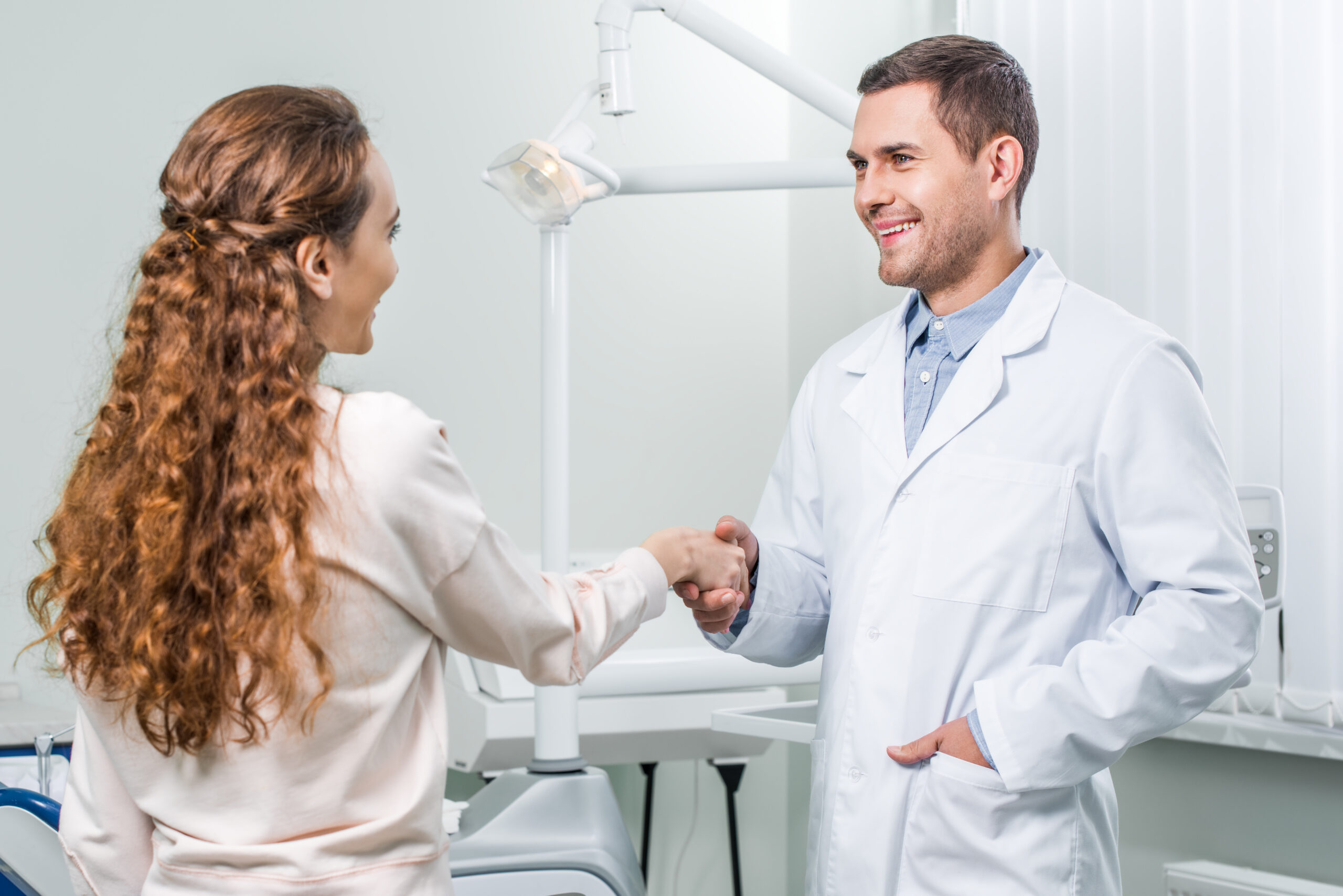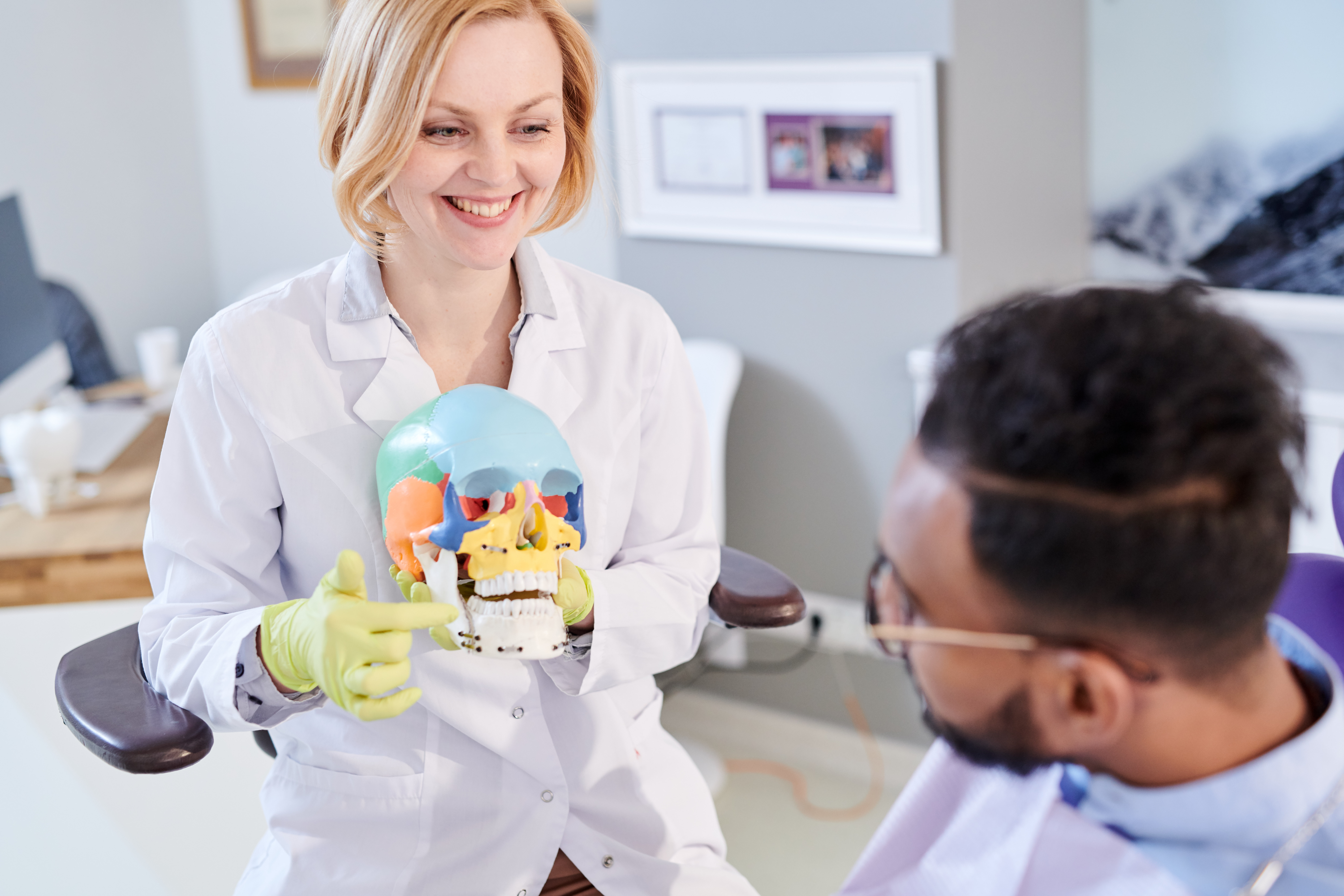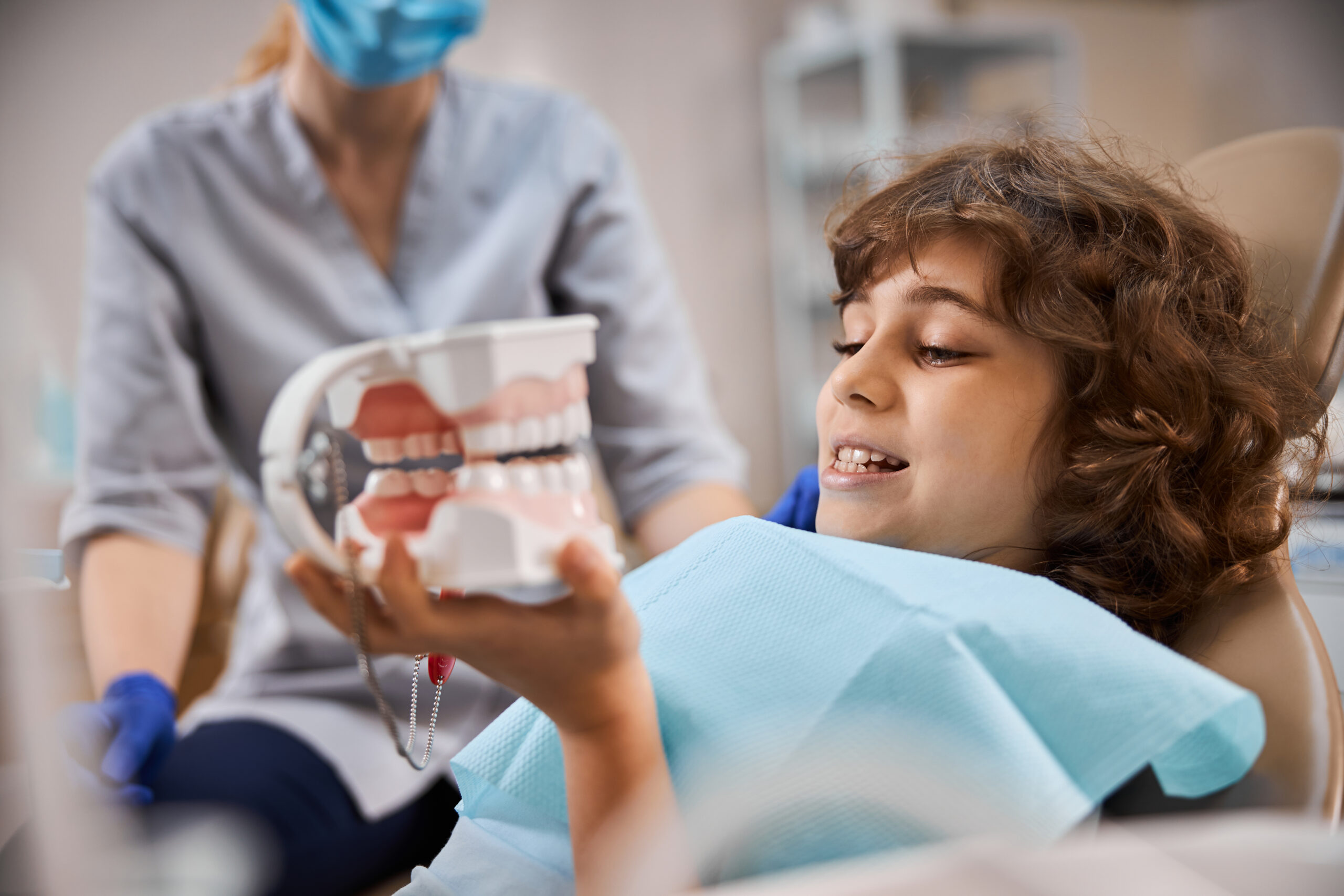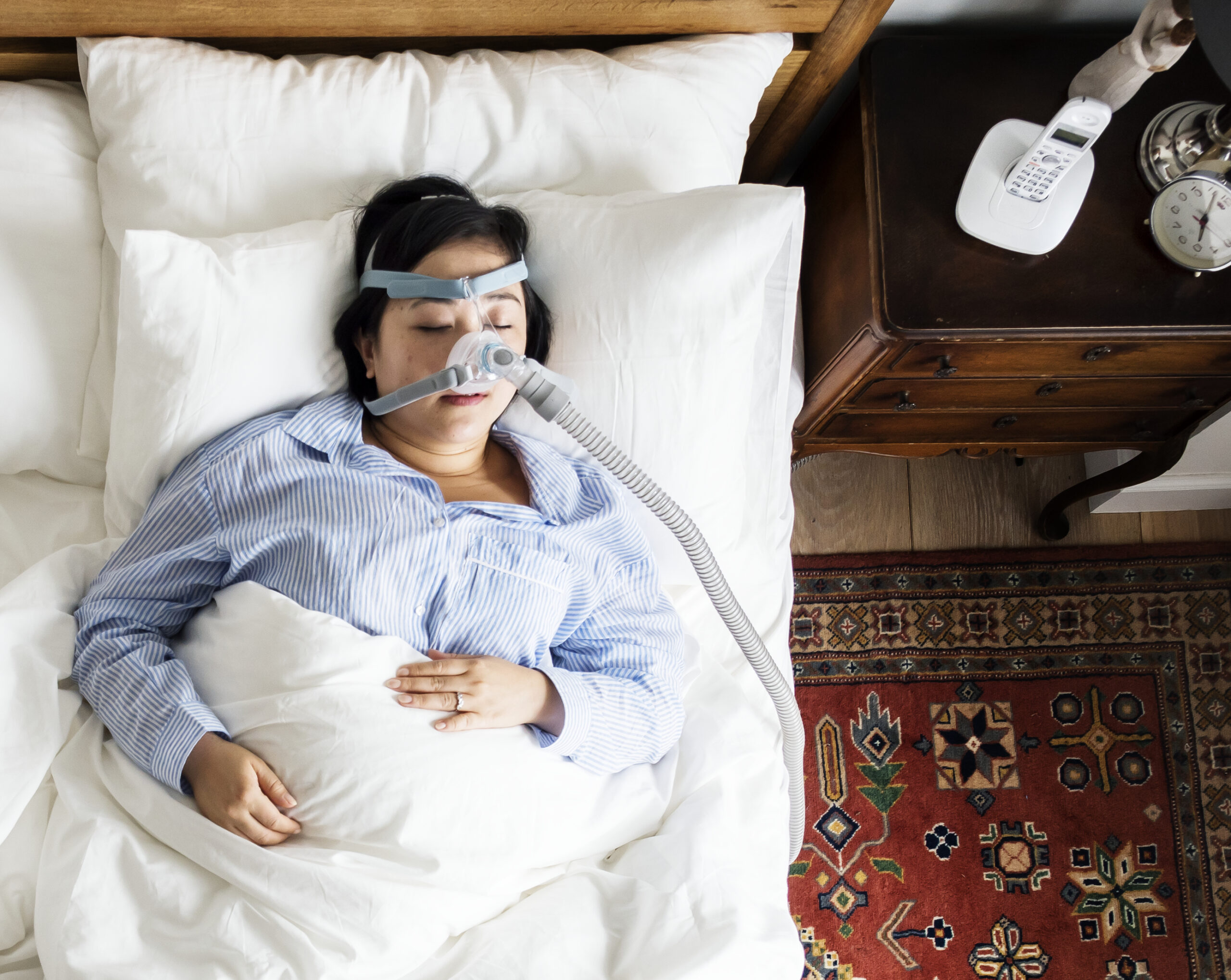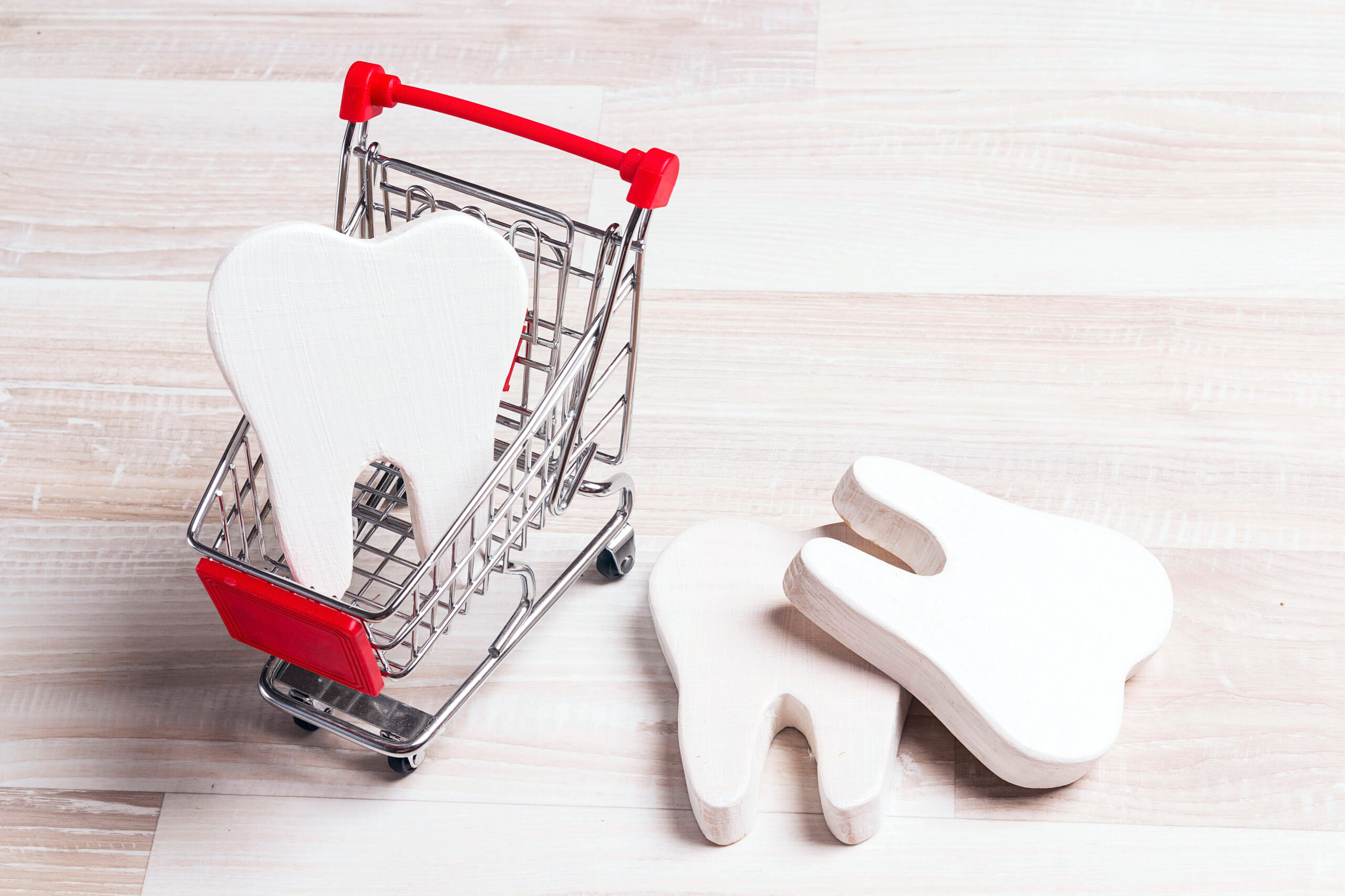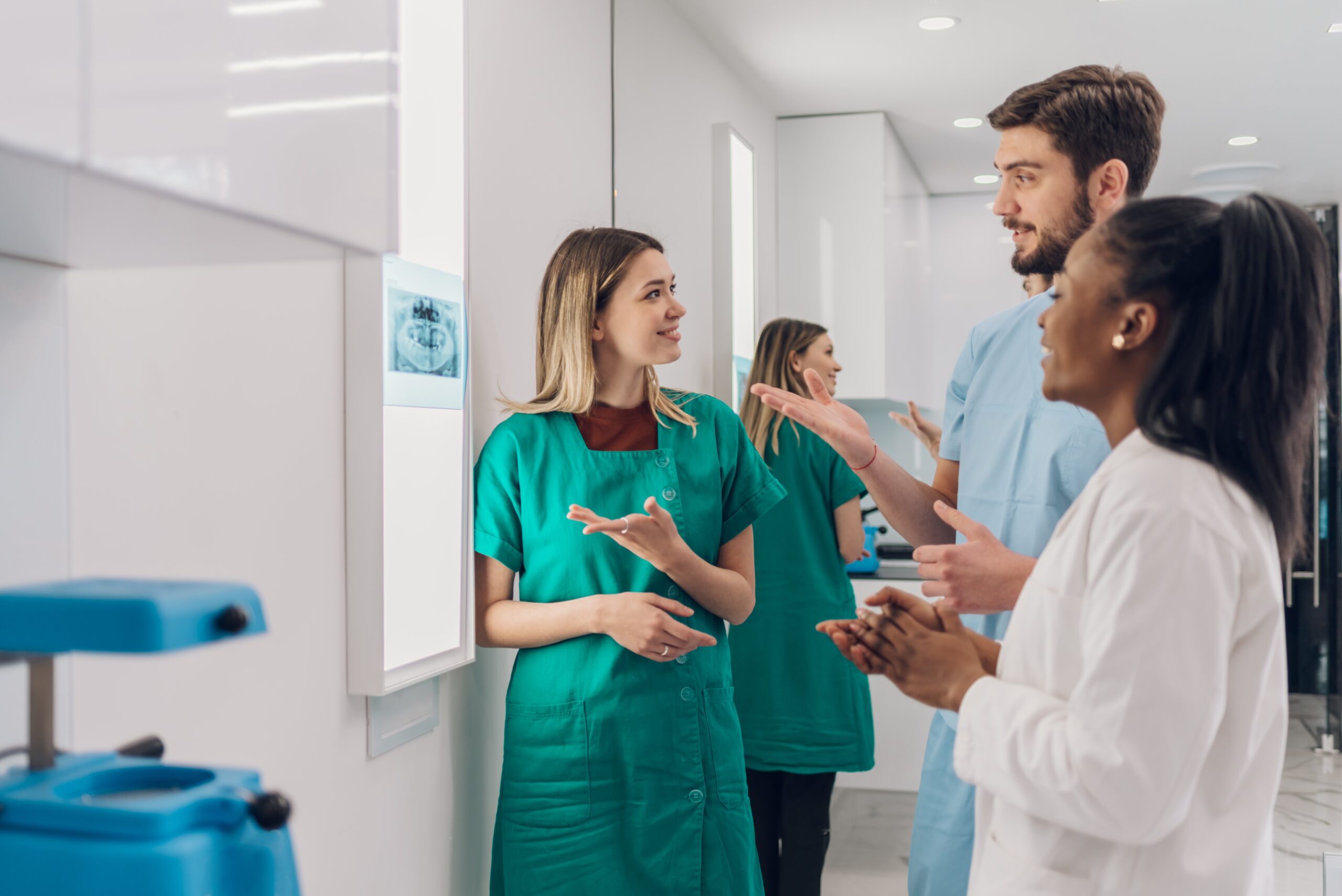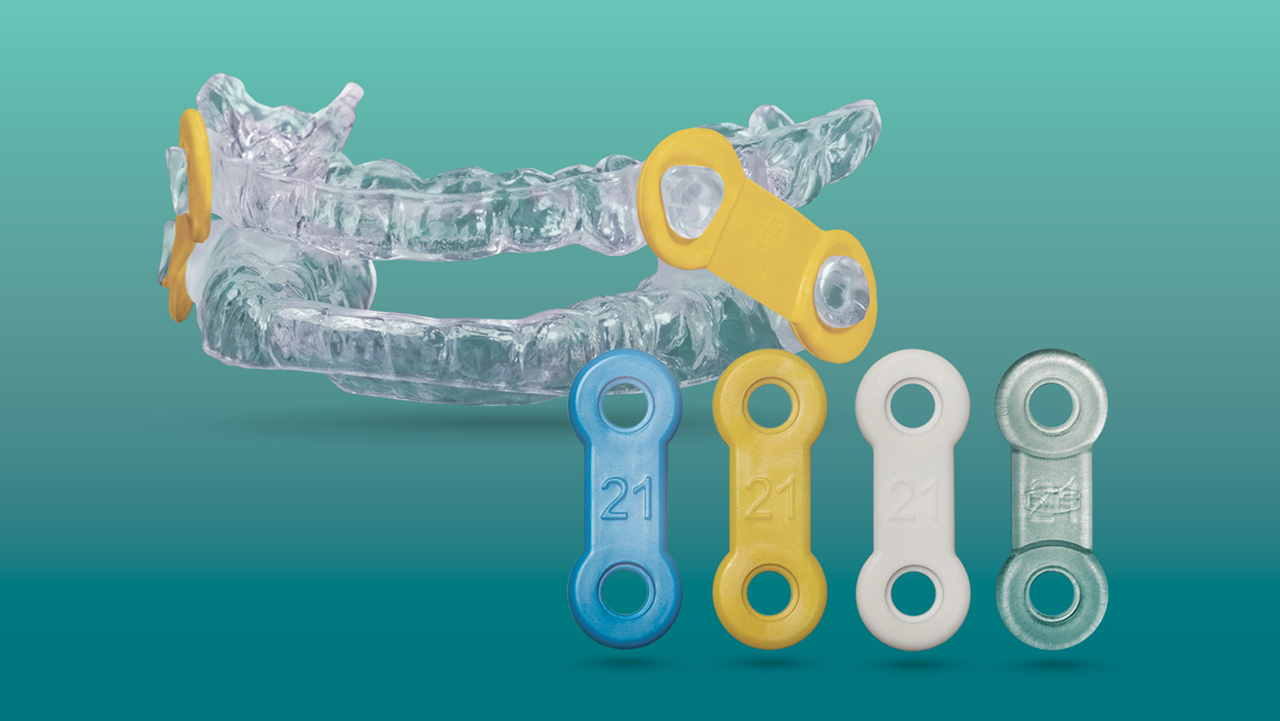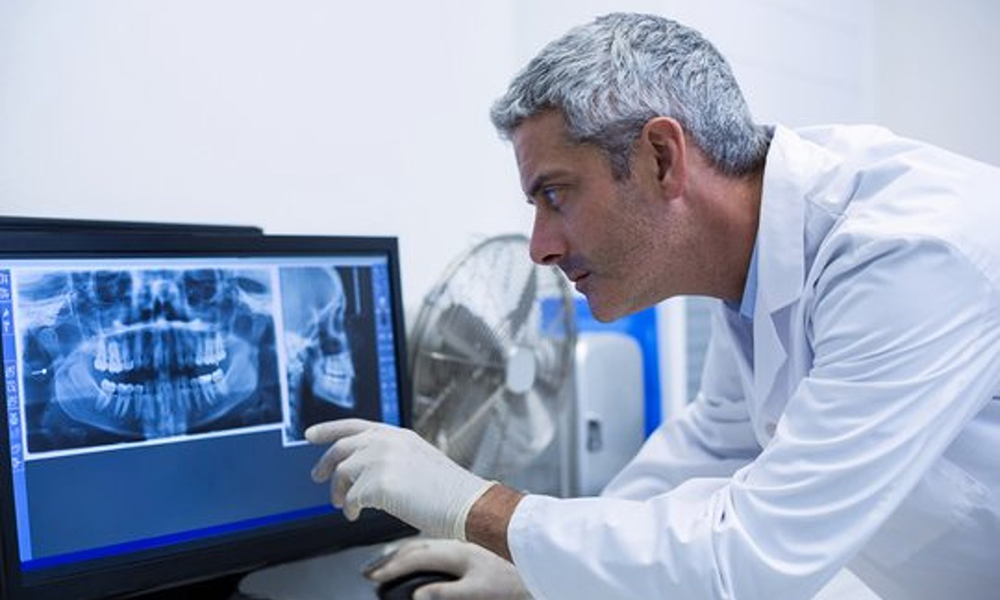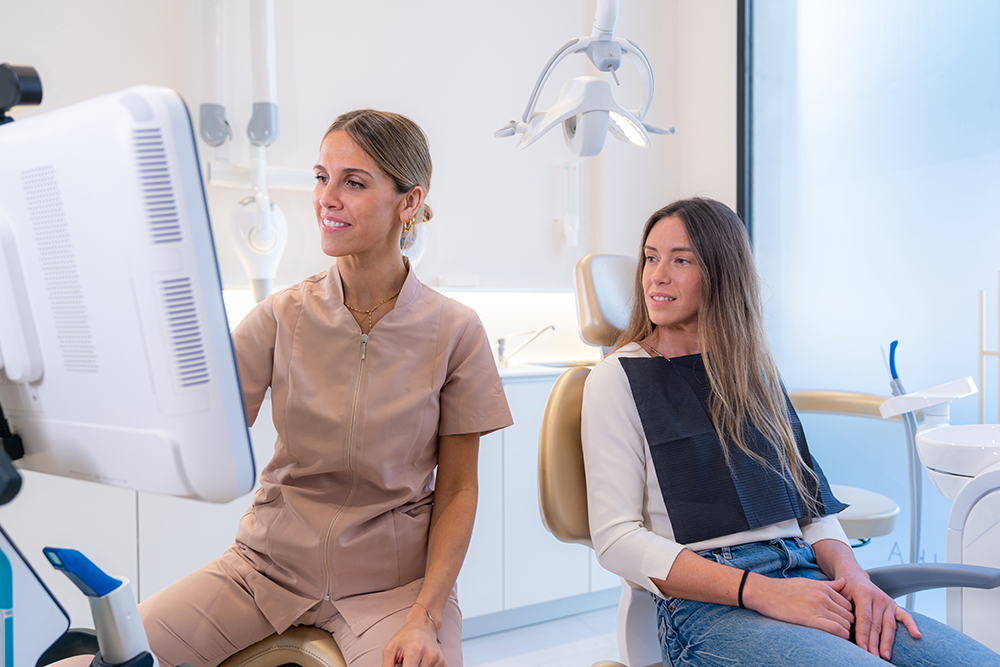Breathing and Airway Support Part 4: Four Exercises
By Steve Carstensen, DDS
The following four exercises will support your physiology. As you practice them during the day, your nighttime breathing will improve. These exercises are not a cure for snoring or sleep apnea but any improvement in respiratory patterns helps day and night.
Light Breathing
Our brains are sensitive to the oxygen and carbon dioxide balance in our blood. The buildup of CO2 triggers respiratory cycles. As we breathe lightly, we increase our brain’s CO2 tolerance. If we are sensitive to hypercapnia, we breathe faster. Quicker breaths lead us into poor gas balance.
Imagine there is a string in the top of your head pulling it towards the ceiling. Your posture is straight. Now close your lips so you are nose breathing. Breathe as lightly as you can so you barely feel the air moving through your nose for two minutes. Don’t concentrate on how deep you breathe. As you do this you will wish you could breathe a little more. That’s called “air hunger.” As you do this exercise more, the air hunger will fade. You are changing your body’s CO2 tolerance.
Increasing the amount of CO2 our brain allows us to maintain helps our blood release more oxygen to our cells. Blowing off too much CO2 starves our cells of the oxygen they need for health.
Deep Breathing
The next exercise is called “Breathe Deep.” We have two different major muscle groups that fill our lungs. The primary one is the diaphragm, the secondary one is the intercostal muscles of our chest, between our ribs. Diaphragmatic breathing—breathing deep with your diaphragm, produces physiologic benefits. The increase in intra-abdominal pressure increases gut motility and activates the back and pelvic muscles to stabilize your core. This strengthens good posture.
Sit up or stand straight. Place your hands on your sides so you feel your last two ribs. Breathe slowly and lightly. Feel those two ribs expanding. The diaphragm attaches above these ribs, so the muscles are not moving the ribs; the intra-abdominal pressure is pushing out on those ribs. Now breathe through your nose deeply so you can feel those ribs expand. Do this for two minutes. You might feel a bit of air hunger during this exercise as well.
Slow Breathing
The third exercise is “Breathe Slowly.” This is a cadence or timing exercise issue. As you breathe lightly and you breathe deeply, you breathe in for a count of four, hold it for a second, breathe out for a count of six, hold it for a second, and then repeat the cycle of in for four, hold for one, out for six, and hold for one. This will add up to six breaths per minute, which is the best for health because it calms the autonomic nervous system and sends the right signal to the vagus nerve and the rest of the nervous system. You can fit this into your day between patients to calm down and focus better.
Control Pause Breathing
The “Control Pause” breathing exercise measures the number of seconds you can comfortably hold your breath after exhaling and is an indicator of how well you breathe. Athletes can go as long as 40 seconds. You might be able to go 15, and that’s okay because this exercise, practiced over time, will improve your breathing volume.
Breathe in through your nose, exhale, and then pinch your nose. Wait for your body to tell you when to breathe. This is not the very first indication, nor is it a ‘breath-holding contest.’ When you are aware of the signal, breathe normally again for ten seconds, pinch your nose again, and hold. By practicing this pattern for three minutes, over time, you will see you can pause your breathing longer and longer. The number doesn’t matter. The effect you have on the number with practice does matter. If you aim towards a pause of 30 to 40 seconds, you can achieve great breathing health and athletic fitness. It’s another way of increasing your CO2 tolerance, providing more oxygen to your cells.
Related Course
Mastering Dental Photography: From Start to Finish
DATE: October 29 2026 @ 8:00 am - October 31 2026 @ 12:00 pmLocation: The Pankey Institute
CE HOURS: 19
Regular Tuition: $ 2995
Single Occupancy with Ensuite Private Bath (per night): $ 355
Dental photography is an indispensable tool for a high level practice. We will review camera set-up and what settings to use for each photo. All photos from diagnostic series, portraits,…
Learn More>







